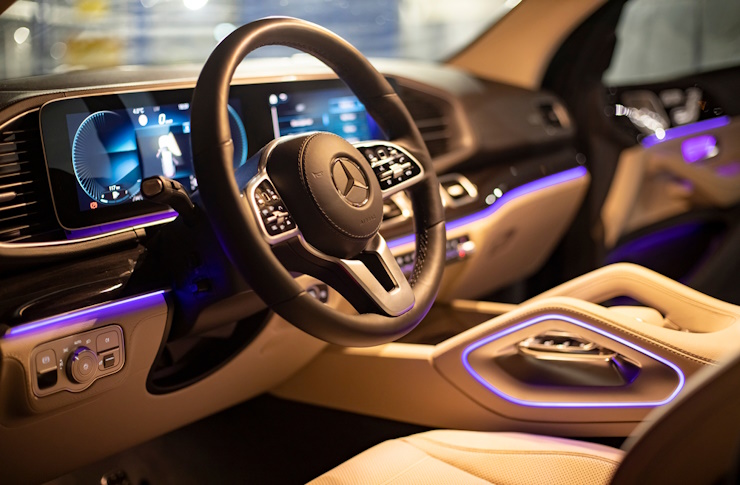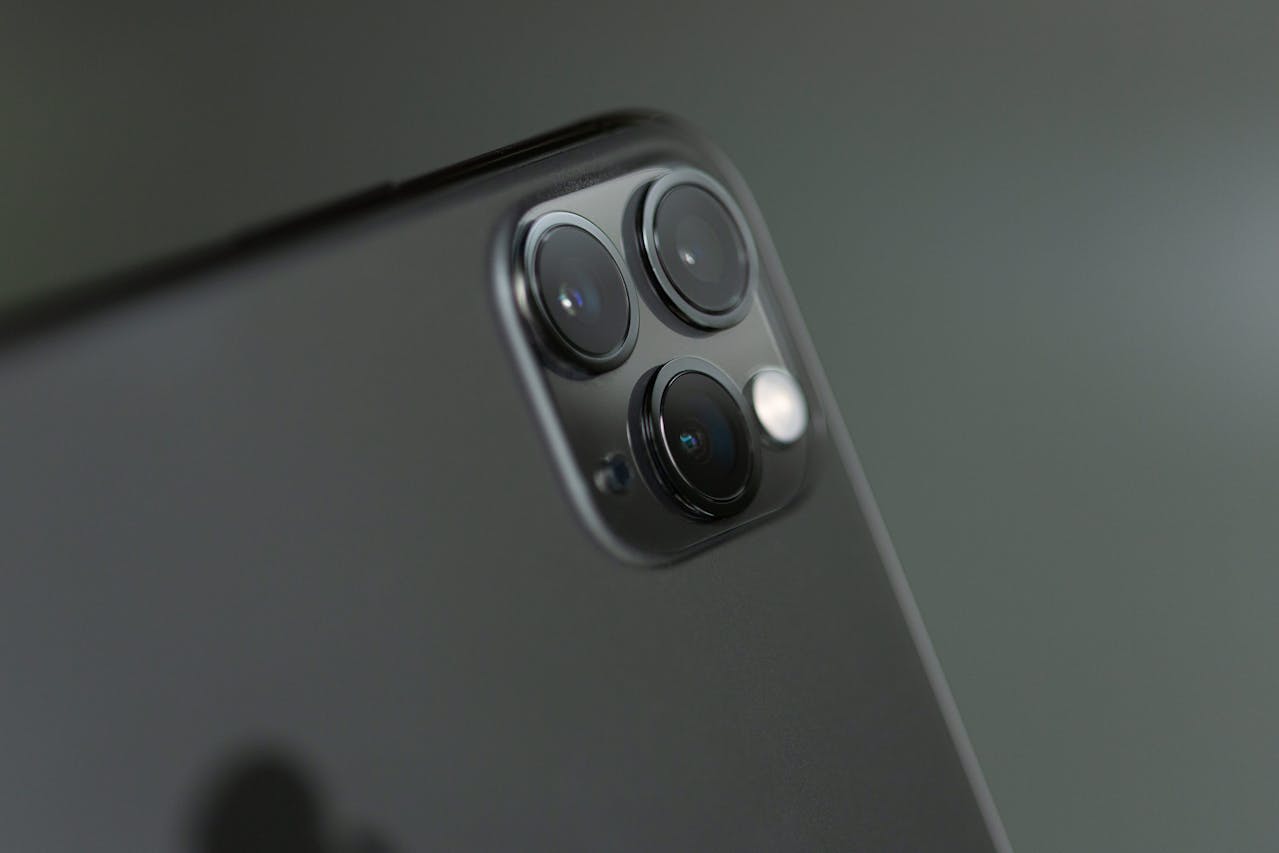Advancement in Automotive Night Vision Systems: A Leap towards Safer Night-Time Driving
Introduction: As the sun sets and darkness envelops the world, the challenges of driving amplify. Automotive night vision systems have emerged as a beacon of hope in this realm, enhancing safety and enabling a confident drive even under the moonlit sky. How exactly does this technology work, and what impact does this have on the industry and the driving experience? Let's delve into the world of automotive night vision systems and their advancements.

Understanding the Concept of Automotive Night Vision Systems
First conceived in the late 1990s as a futuristic concept, night vision systems in cars have now become a reality. These systems use infrared sensors to detect heat signatures of pedestrians, animals, and other obstacles that may be invisible to the naked eye under dim light conditions. By translating these heat signatures into visible images on the car’s display, night vision systems offer drivers a clearer view of the road ahead, drastically reducing the risks associated with night-time driving.
The Evolution and Advancements in Night Vision Technology
Over the years, automotive night vision systems have seen significant advancements. The first-generation systems, introduced in the early 2000s, utilized passive infrared technology. However, these systems had limitations in terms of range and image quality. The modern-day systems, on the other hand, employ active infrared technology that uses an infrared light source to illuminate the road ahead, resulting in more detailed and reliable images. Furthermore, some of the latest systems are even capable of highlighting potential hazards and alerting the driver, adding another layer of safety.
Trending Developments in the Industry
The automotive industry is witnessing a rising trend of incorporating night vision systems as a standard feature, especially in luxury and high-end cars. Additionally, there is an increasing emphasis on integrating these systems with other advanced driver-assistance systems (ADAS) to create a comprehensive safety package. Moreover, with the advent of artificial intelligence, we can expect future night vision systems to be smarter and more intuitive, capable of predicting hazards and taking preventive measures.
The Impact of Night Vision Systems
The introduction of night vision systems has had a pronounced impact on the automotive industry. Firstly, it has heightened the safety quotient of vehicles, making night-time driving a less daunting experience. Secondly, it has opened up new avenues for innovation and competition among car manufacturers, leading to the development of more advanced and reliable systems. Lastly, it has raised consumer expectations, with more and more drivers now demanding these systems in their cars.
Navigating the Challenges and Looking Ahead
While automotive night vision systems have come a long way, they still have their set of challenges. One of the primary concerns is the high cost of these systems, which makes them unaffordable for many consumers. Additionally, these systems require high maintenance and are prone to damage, further adding to the cost. However, with ongoing research and development, we can expect these issues to be addressed in the future, making night vision systems more accessible and affordable.
Automotive night vision systems are revolutionizing the way we drive at night, making the roads safer and the journey more confident. As technology advances, we can look forward to even more sophisticated and intelligent systems that promise to transform the night-time driving experience.




